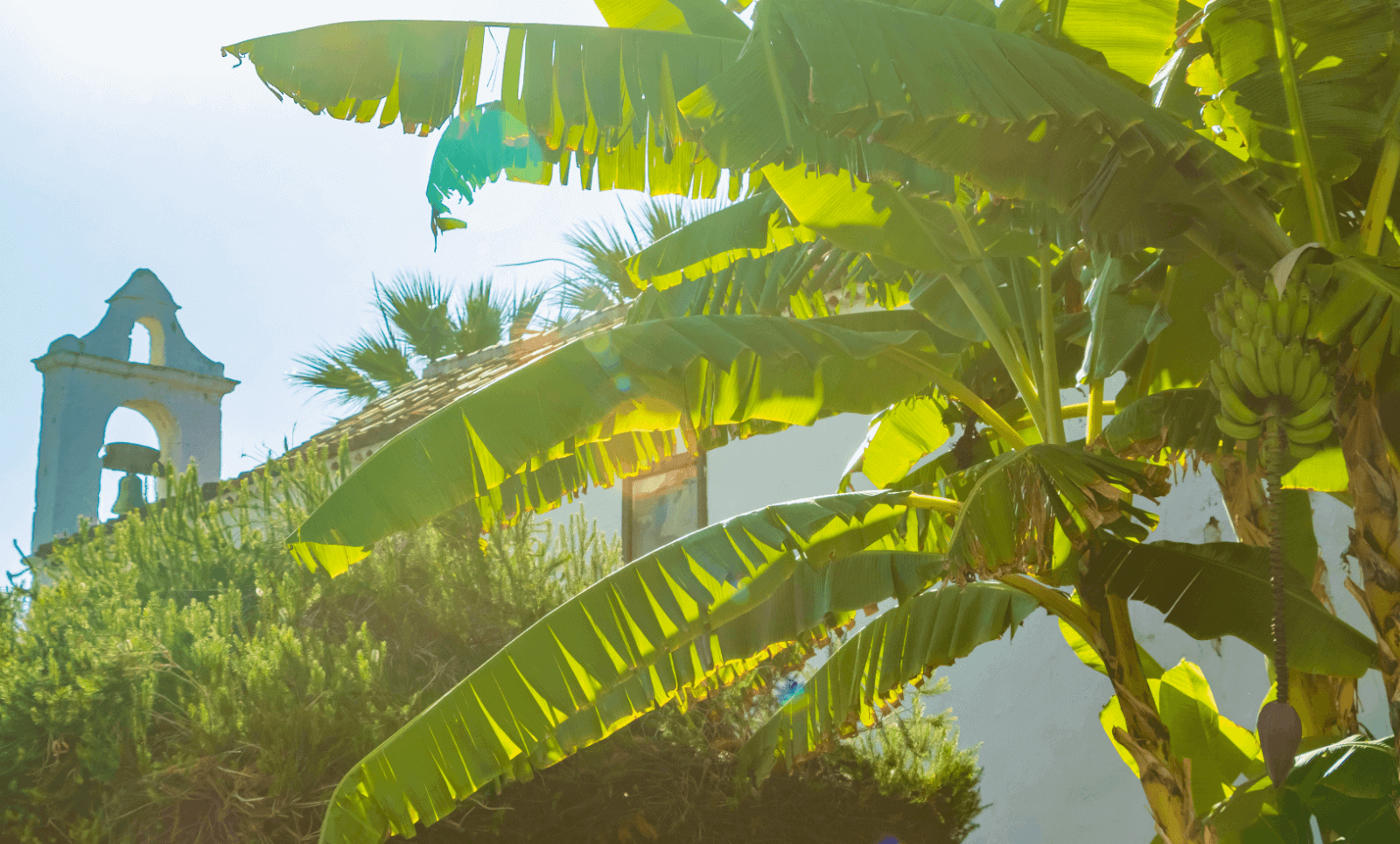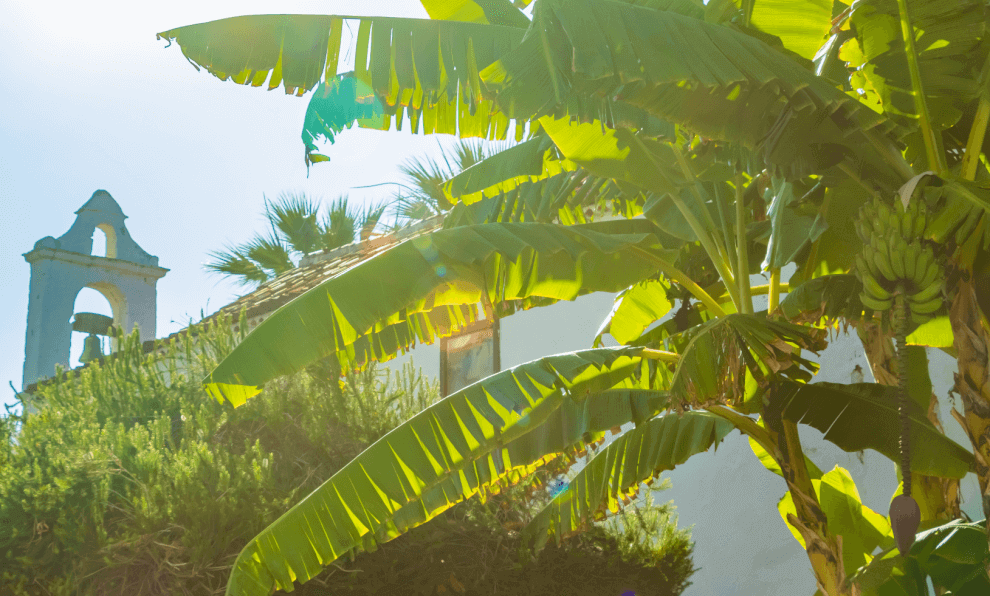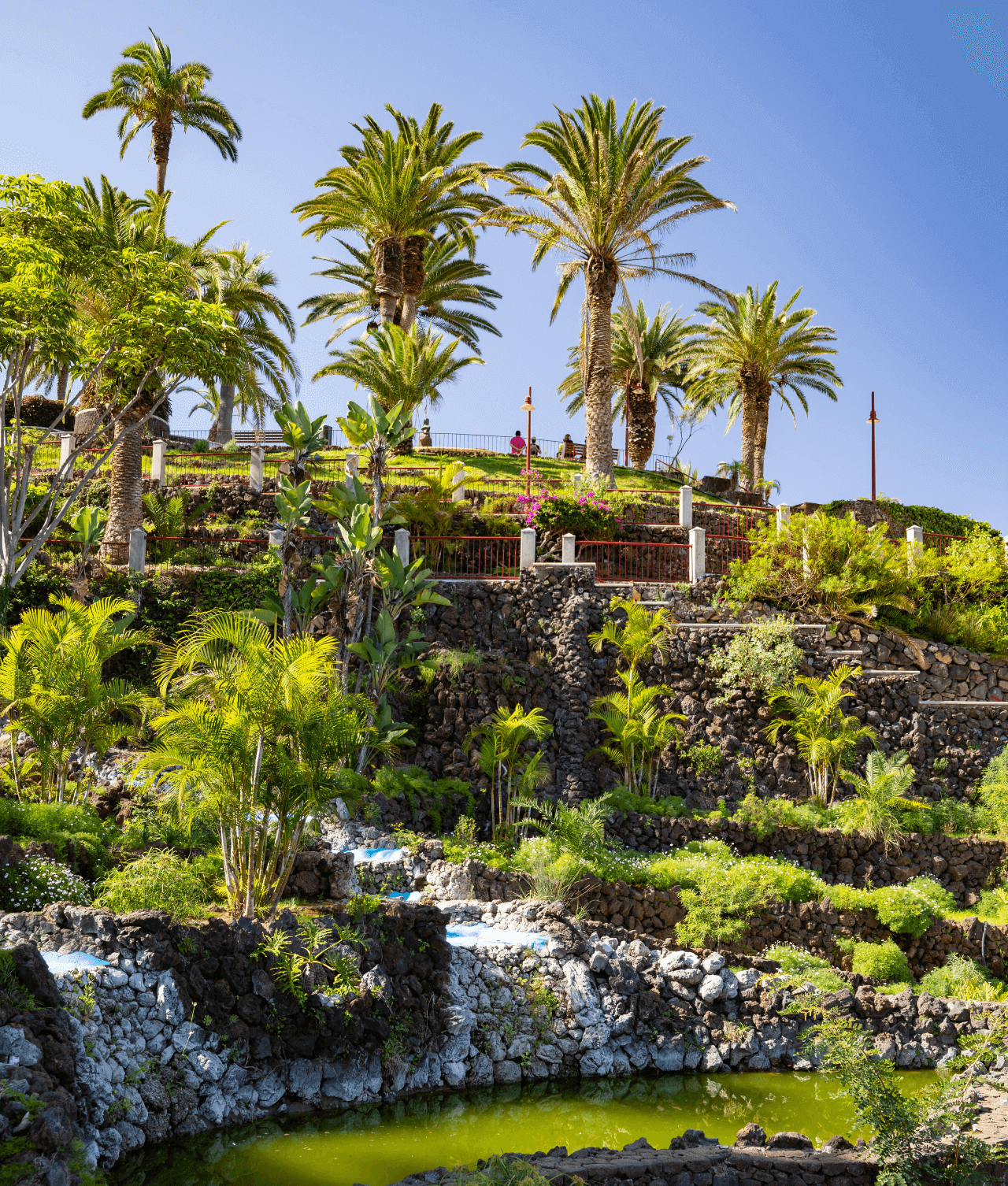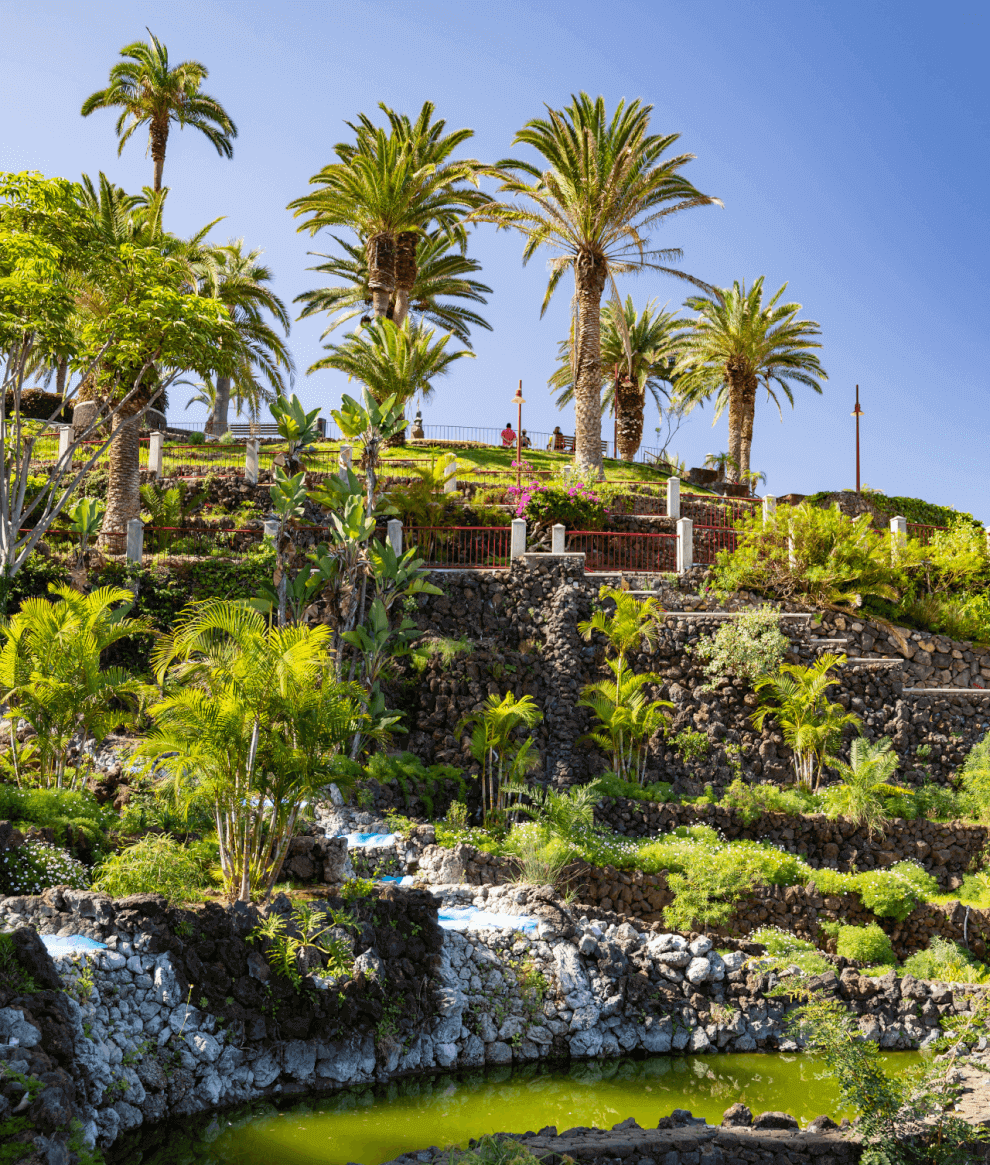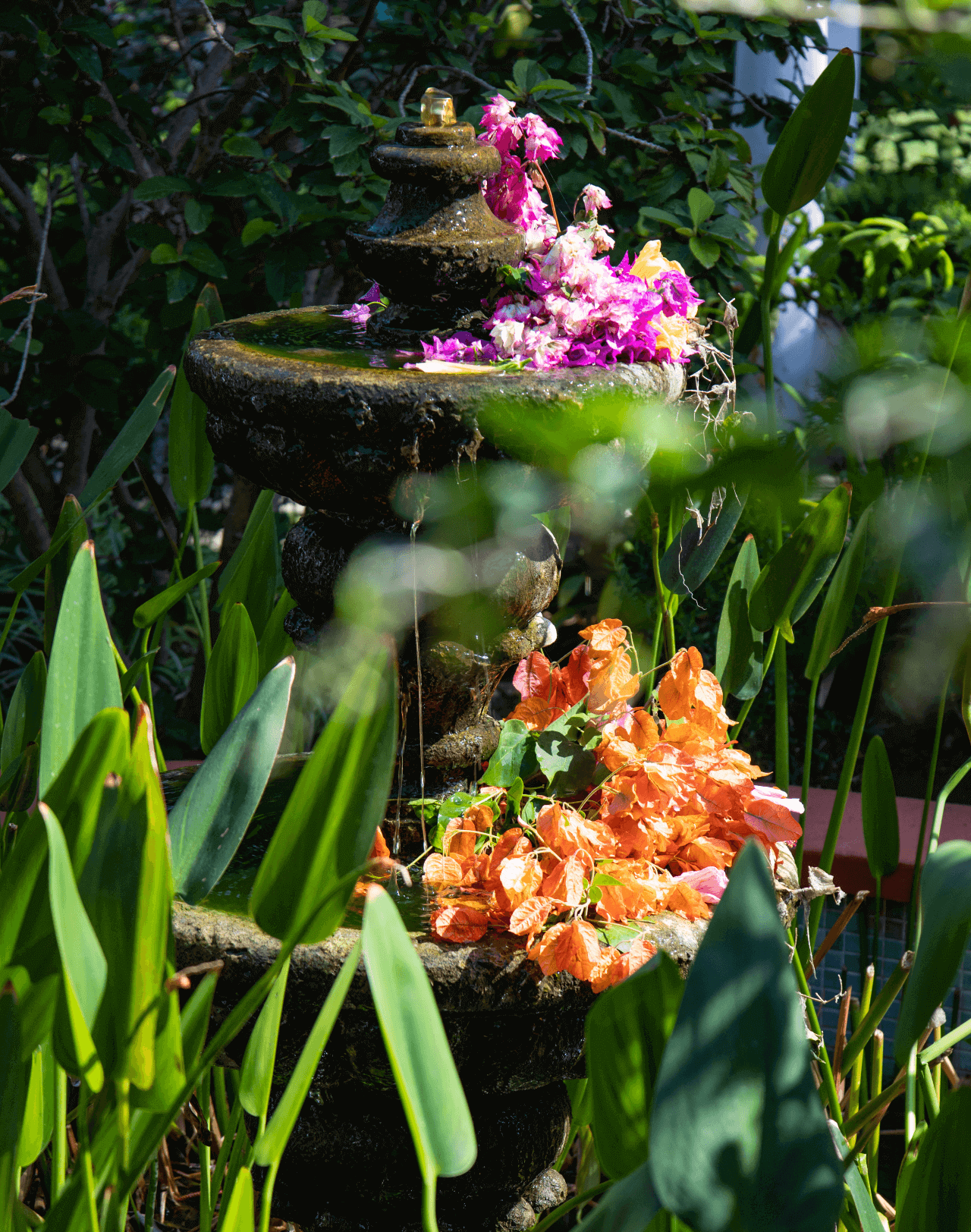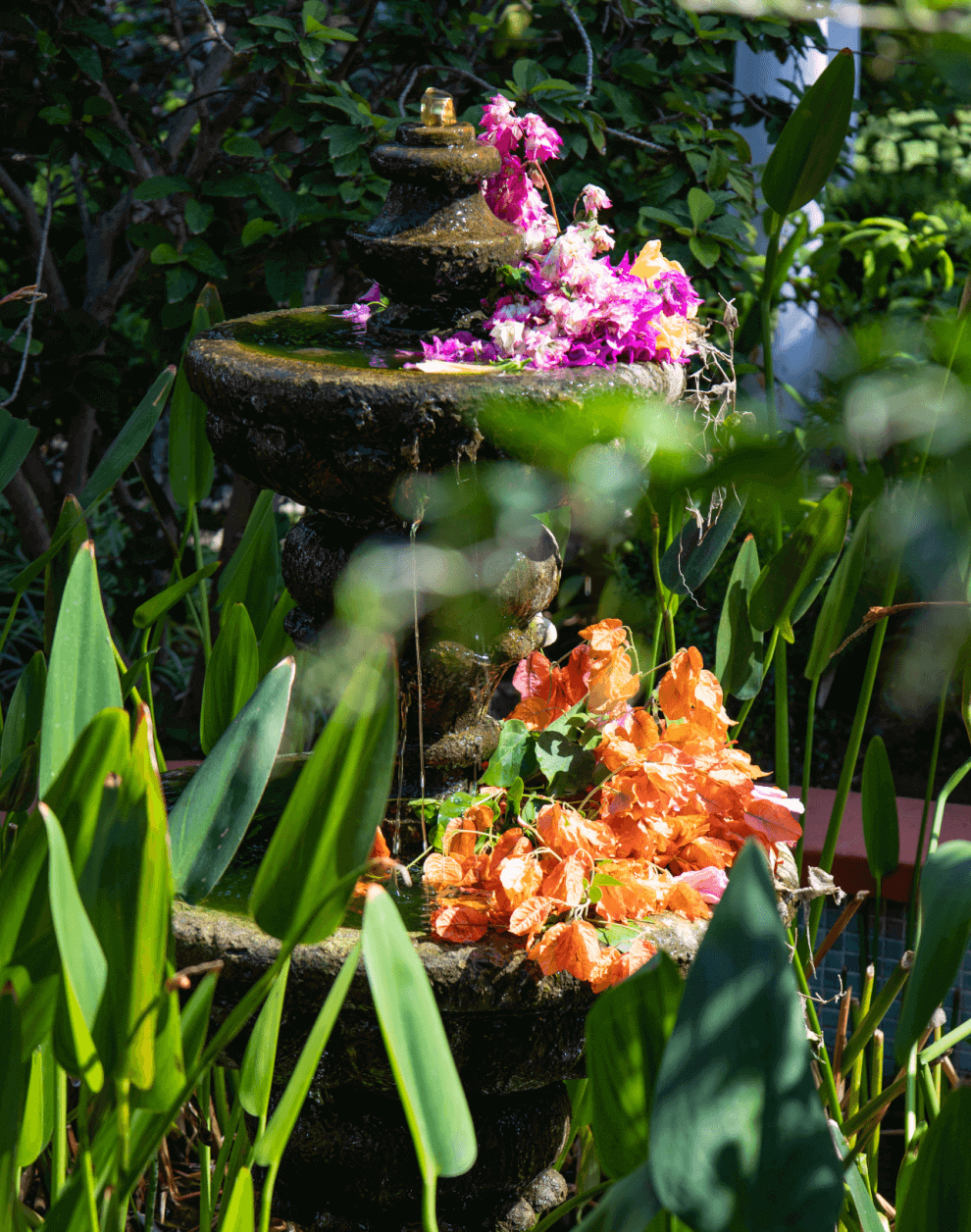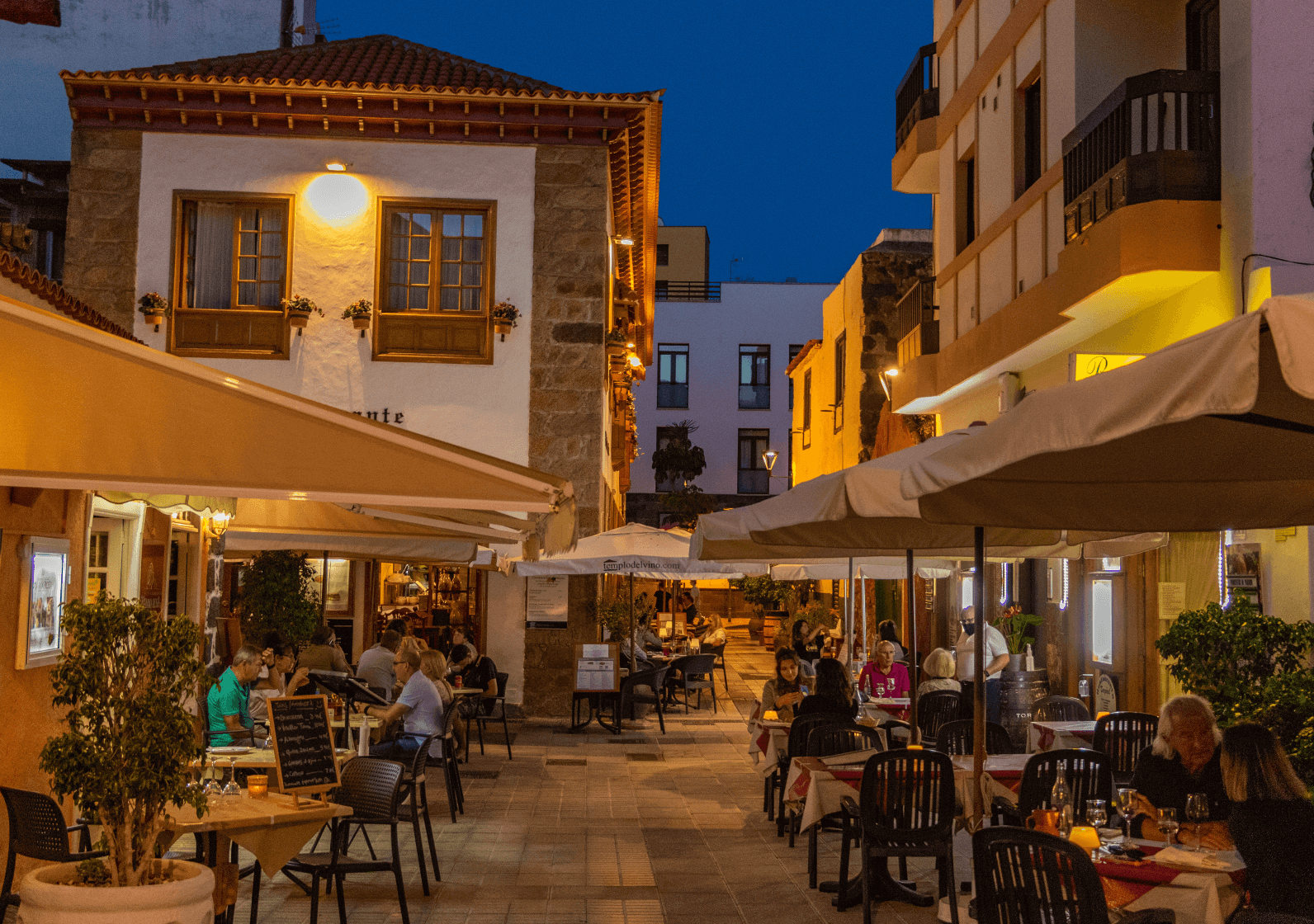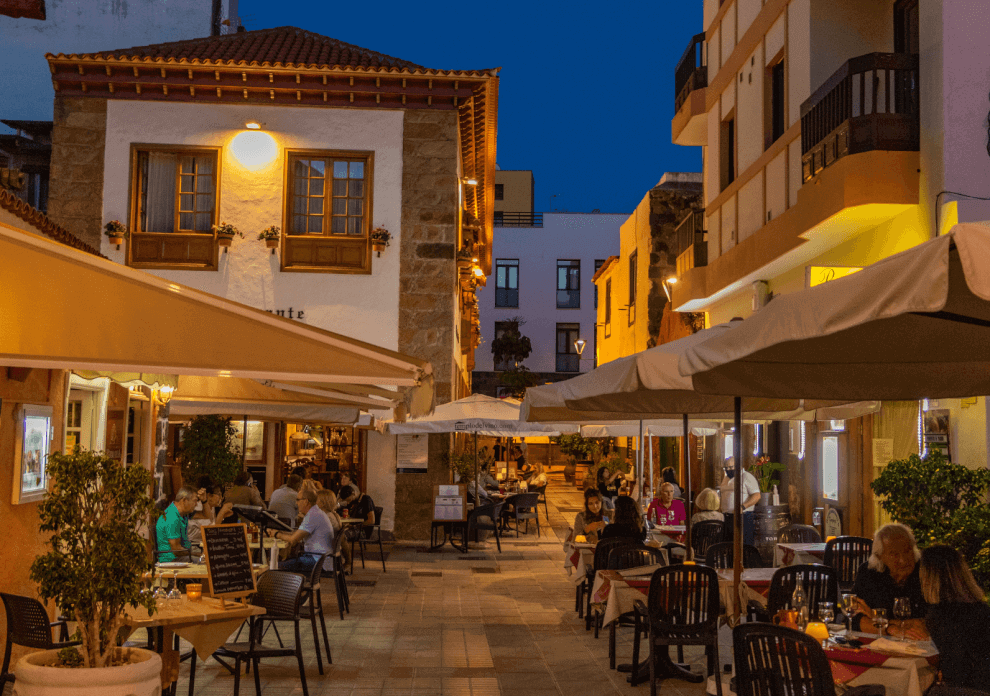The archipelago of the Canary Islands has been a favourite destination for the English for several centuries and they were largely responsible for the beginnings of modern tourism on the Canary Islands as a health tourism destination in the mid-19th century.
They would travel to the valley of La Orotava and Puerto de la Cruz in the winter, as therapy to alleviate the symptoms of the pulmonary and skin diseases that were so frequent during this period. Years later, the English community received a further boost, between 1880 and 1920, thanks to the trade in banana exports and the entry of goods, at the height of the Victorian era.
Today, Puerto de la Cruz is the result of a mixture of two centuries of British influence and the typical characteristics of the coastal villages of the Canary Islands, open to the sea and the mountains. As well as its enviable climate, set in unparalleled coastal surroundings, and attractions such as Loro Parque, the Botanical Garden or Lago Martiánez, British visitors who spend long spells of time in Puerto de la Cruz enjoy their vacations surrounded by the contributions of the English community here.
Taoro Park
This park lies on the mountain it is named after, which affords a spectacular panoramic view of Puerto de la Cruz. It consists of 100,000 square metres of gardens, paths, viewing platforms, illuminated fountains and waterfalls. It also has a children’s playground, and a kiosk with restaurant, bar and terrace.
As well as its enviable location and the vast possibilities it offers visitors, Taoro Park is one of the most important places for the British community in Puerto de la Cruz. Furthermore, this is the site of the Hotel Taoro, Tenerife’s first important hotel.
British library
Entering the installations of the British library in Puerto de la Cruz is a kind of invitation to travel back through time. It was built in 1903 in typical English architectural style, and is surrounded by a garden.
Hidden inside the Taoro Park area, and originally called “The Orotava Library”, it is so much more than just a library, and over the years has become a meeting place for British visitors and residents in the north of Tenerife who come here not only to consult or borrow books, but also to enjoy a lively conversation over a good cuppa.
115 years after its inauguration, the current English Library can boast over 30,000 volumes on its shelves, many of them from donations, and has 300 extremely active members, who are constantly making suggestions to acquire more books. On its website one can consult the latest available works, activities and plenty more information for members and anybody who is interested
Anglican church
Very close to the historical Gran Hotel Taoro, British visitors can find the All Saints’ Church (Iglesia de Todos los Santos), a parish church in English Neo-Gothic style which was inaugurated in 1891. Much of the furniture and many of the decorative and religious elements in the church were donated by the British community. It also has a parish house and an altarpiece, which were also donated.
The All Saints’ Church was established to give the English-speaking population of Puerto de la Cruz the opportunity to worship God in their own language. Nowadays, as well as providing regular worship, the church also holds social events and shares its installations with the German-speaking Evangelical Church.
On its Facebook page, the managers of the All Saint´s Church of Puerto de la Cruz provide regular updates on all the activities offered.
Sitio Litre Garden
This is the oldest garden on Tenerife. It was built over 220 years ago. It has the largest orchid collection on the island, the largest and oldest Dragon tree in the municipality, and a relevant collection of tropical plants from Africa and America.
For a large part of its history, the property belonged to illustrious British figures. Agatha Christie and other relevant figures such as the explorers Humboldt and Sir R. F. Burton stayed in this wonderful place during their trips to the island. Nowadays, the gardens are open to the public.
On the garden’s website, visitors can obtain more information on this heavenly place and find out about opening hours and days.
The English cemetery
Inaugurated in 1747, on the island the cemetery is known as the “chercha”, a word that comes from the adaptation to Spanish of the English term Churchyard, used to describe a graveyard or necropolis. The cemetery is in the very centre of Puerto de la Cruz, in the area known as El Peñón.
The cemetery is hidden behind a big white wall, and has no identification except for a small sign telling us we are in front of an English cemetery.
Famous British people in Puerto de la Cruz
Many famous figures and celebrities have been unable to resist the charms of Puerto de la Cruz. They include, notably, the writer Agatha Christie, who came here in 1927 to put her divorce behind her and forget about the death of her mother and the press in her native country. She stayed at the Hotel Taoro. Today, as a tribute to the writer, the International Agatha Christie Festival is held on odd years, with a programme of activities that can be consulted on this website.
The Beatles were also seduced by the climate and attractions of Puerto de la Cruz on a holiday in 1963, when they were able to stroll calmly along the streets of the town like regular anonymous people. They wandered the streets of La Orotava and around Playa Martiánez, and visited the pools of San Telmo (now Lago Martiánez) and Plaza del Charco.



